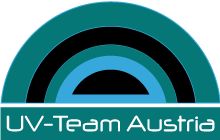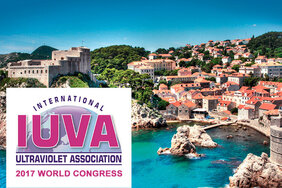In 2003 our institute has organized the 2nd IUVA World Congress in Vienna. After a long time, the 9th Congress will take place in Europe again. The Congress, which is held every two years by the International UV Association, will bring together academic and industrial experts from all over the world to discuss the novel developments and practical applications of UV irradiation.
A particular focus is laid on progress in water treatment – on the one hand the disinfection of drinking water and wastewater, on the other hand the degradation of pollutants by advanced oxidation. Recent technical developments will be presented, e.g. the LED technology, which has great potential to bring innovation in terms of efficacy and energy efficiency.
In an introductory workshop on Sunday there will be the opportunity to learn about the basics of UV technology. Our UV-Team-Austria is strongly involved in the organization, the contributions of the congress and the board of the IUVA.
Chairpersons of the scientific program committee: Regina Sommer (Austria) and Ron Hoffman (Canada)
► Further information about the IUVA World Congress





